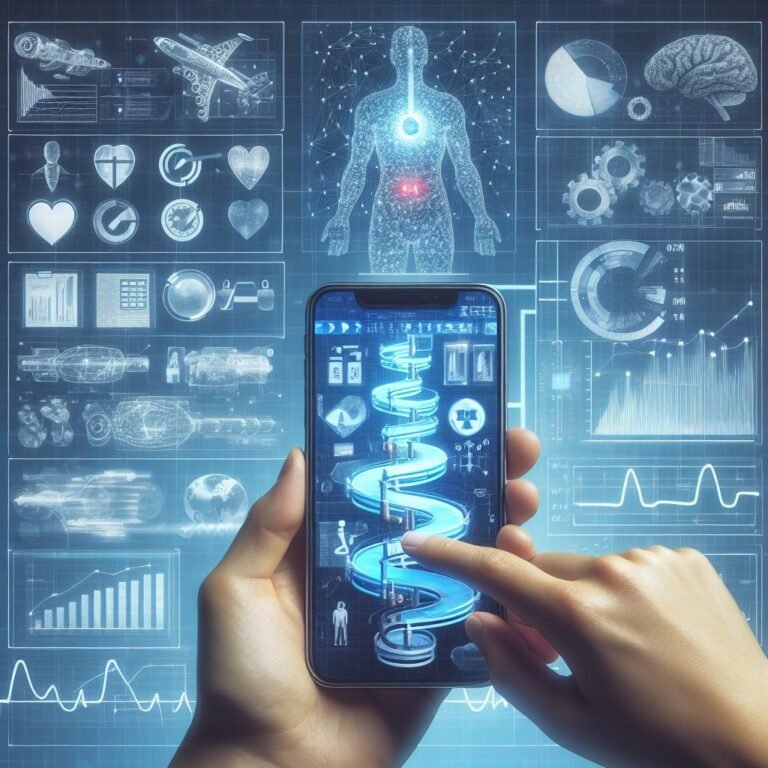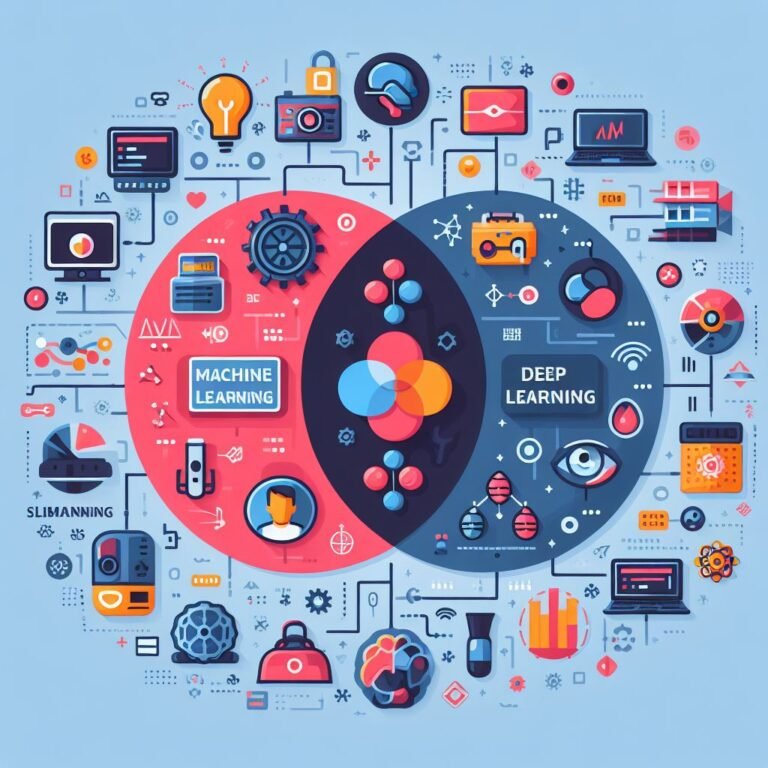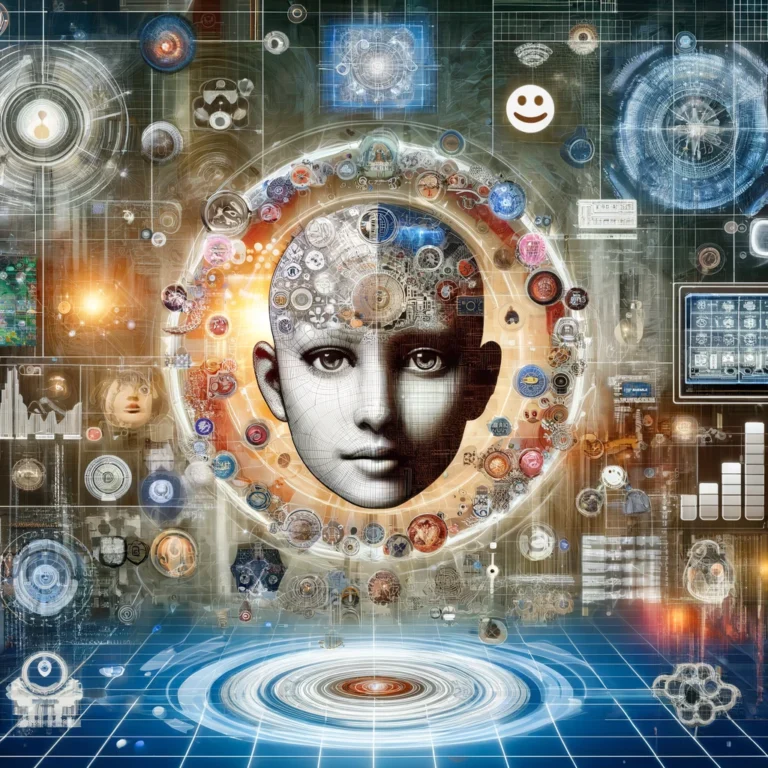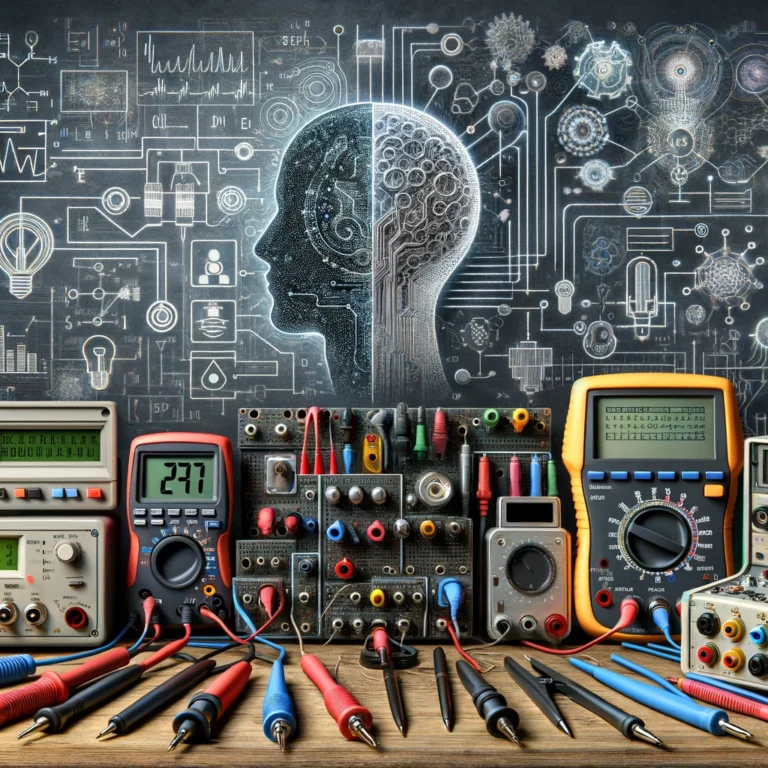Sign Language Translation Using Machine Learning
Sign language serves as a crucial communication tool for millions of deaf and hard-of-hearing individuals worldwide. However, the barrier between sign language users and those unfamiliar with it remains a significant challenge. Machine learning (ML) emerges as a promising solution to bridge this gap, enhancing the accessibility and understanding of sign language translation using machine learning through technology.
The Basics of Sign Language: Understanding Its Significance
Sign languages, much like spoken languages, vary globally and are deeply embedded in cultural identities. They are not merely manual counterparts to spoken words but are rich, complex languages with their own grammar and syntax. Recognizing the cultural and communicative importance of sign language is essential for developing effective translation tools. Each sign language, from American Sign Language (ASL) to British Sign Language (BSL), reflects unique linguistic features and cultural nuances that enrich the communities that use them. Understanding these differences is critical not only for creating respectful and accurate translation tools but also for fostering greater awareness and appreciation of the deaf culture. By delving into the complexities of these languages, researchers and technologists can better design machine learning models that are capable of handling the subtleties and diversity of sign languages around the world.
What is Machine Learning? A Primer
Machine learning is a subset of artificial intelligence that improves automatically through experience. It uses algorithms to analyze data, learn from its patterns, and make decisions with minimal human intervention. This capability is particularly pertinent to translating the nuanced and visually expressive nature of sign language. By training on diverse datasets, machine learning models can adapt to the fluid motions and varying expressions that characterize sign language, enabling more accurate and real-time translations. This adaptability is essential for applications in real-world settings, where machine learning tools can help bridge communication gaps in social interactions, educational environments, and professional settings, thereby enhancing the integration and accessibility for the deaf and hard-of-hearing community.
Early Attempts at Sign Language Translation
Before the advent of machine learning, sign language translation relied heavily on human interpreters. While effective, the demand for interpreters far exceeds supply. Early technologies were limited in their ability to capture the dynamic and three-dimensional nature of sign language, often leading to simplistic and inaccurate translations. These initial systems typically used simple gesture recognition software that could only interpret a limited array of signs under ideal conditions, struggling with the variability of natural sign language use. The limitations of early technological attempts underscored the need for a more sophisticated approach capable of dealing with the complexities and nuances of sign language, paving the way for the integration of more advanced machine learning techniques in this field.
The Evolution of Machine Learning in Sign Language Translation
The integration of machine learning has marked a new era in translation technology. Advances in computer vision and neural networks have significantly improved the accuracy and speed of translation tools, enabling them to interpret quick and complex sign language gestures more reliably. This progress is not just technical but also conceptual, embracing a broader interpretation of what sign language translation must accomplish. Beyond mere word-to-word translation, machine learning now seeks to convey the emotional and contextual nuances of sign language, which are integral to effective communication. As these tools evolve, they not only become more sophisticated but also more attuned to the human aspects of sign language communication, which is essential for genuine inclusivity.
How Machine Learning Enhances Sign Language Translation
Machine learning enhances sign language translation by employing sophisticated models like neural networks and algorithms rooted in computer vision. These technologies can recognize and interpret signs from a variety of angles and in different lighting conditions, making them versatile for real-world applications. The integration of these technologies has facilitated the development of systems that can interpret a wide array of sign languages and dialects with higher accuracy, catering to the diverse needs and expressions of the global deaf community. This technological evolution is crucial in environments where clear and effective communication is essential, such as healthcare, education, and public services.
Challenges in Sign Language Translation Using Machine Learning
Despite its advancements, ML faces challenges in sign language translation, such as dealing with the nuances and variability of individual sign language styles. Factors like lighting, background, and the signer’s speed also add layers of complexity to accurate translation. These challenges require continuous refinement of algorithms to ensure that the translation tools are sensitive to the contextual and cultural elements of sign language communication, providing translations that are not only accurate but also culturally appropriate.
Data Collection for Machine Learning Models
Training effective machine learning models requires large datasets, which in the case of sign language, involve video and image data of various sign gestures. The ethical collection and use of this data are paramount to respect the privacy and rights of individuals contributing to these datasets. Responsible data practices must be a cornerstone of research and development in this area to ensure that these technologies are developed in a way that respects the rights and dignity of the deaf community.
The Role of AI and Deep Learning
Deep learning, a more advanced branch of machine learning, plays a significant role in interpreting the complex gestures of sign language. By leveraging large neural networks, deep learning models can process extensive amounts of data and capture subtleties that simpler models might miss, enhancing the accuracy of translations. This level of detail is crucial in a field where gestures can vary significantly not only between different languages but also within the same language across different regions or communities.
Innovative Tools and Applications
Several tools currently use machine learning to translate sign language into text or speech in real-time, significantly aiding communication. These tools not only help in everyday interactions but also in educational settings, empowering the deaf community by providing them with more accessible information. The development of mobile applications and wearable technologies further extends the accessibility of sign language translation, allowing users to receive real-time translations on the go, thus enhancing their ability to communicate in diverse settings.
User Interface Design for Translation Tools
The effectiveness of sign language translation tools also depends on their user interface design. An intuitive design can enhance the user experience, making these tools more accessible and easier to use for a broader audience, including those not tech-savvy. User interface (UI) design in this context must consider the specific needs of sign language users, incorporating visual clarity, ease of navigation, and responsiveness. Well-designed UIs can drastically reduce the learning curve and enable users to utilize these tools effectively, regardless of their technological proficiency.
Accuracy and Reliability of Translated Results
Measuring the accuracy and reliability of translated results is crucial for the practical application of these tools. Ongoing improvements and adjustments are necessary to ensure that translations are not only accurate but also contextually appropriate. Ensuring reliability involves rigorous testing across diverse scenarios to capture and correct any inaccuracies, thereby boosting the confidence of users in relying on these translations for everyday communication.
Integrating Translation Tools with Other Technologies
The potential integration of sign language translation tools with other devices and platforms, such as smartphones and smart glasses, points to a future where communication barriers are significantly reduced. This integration could lead to more seamless interaction and greater inclusion for the deaf and hard-of-hearing community. Effective integration requires compatibility with various devices and platforms, ensuring that users can access translation tools from any device, anywhere, enhancing the ubiquity and utility of sign language translation services.
The Future of Machine Learning in Sign Language Translation
The future of machine learning in sign language translation looks promising, with potential advancements in algorithm efficiency, data processing, and integration with augmented reality. These developments could further transform communication accessibility, making real-time, accurate translation the norm. As machine learning technologies evolve, they are expected to handle more complex conversations and subtler nuances of sign language, potentially revolutionizing how the deaf community interacts with the world.
Ethical Considerations and Social Impact
As with any technology utilizing AI, ethical considerations must be addressed, particularly concerning privacy, data security, and the potential for bias in machine learning models. The social impact of improving communication accessibility through technology, however, is profoundly positive, offering increased opportunities for the deaf community to engage in all aspects of societal life. Ethical development must ensure that these technologies are developed transparently, with continuous input from the deaf and hard-of-hearing communities to avoid potential biases and ensure fairness and respect in technology usage.
Case Studies: Success Stories in Sign Language Translation
Background
In an effort to enhance real-time communication for the deaf and hard-of-hearing community, a tech startup focused on developing an AI-driven sign language translation app. The app uses advanced computer vision and deep learning algorithms to interpret and translate sign language into spoken and written language in real time.
Challenge
The primary challenge was improving the accuracy and speed of translation, particularly in real-time scenarios. The variability in sign language styles, along with different environmental conditions (such as lighting and background), made it difficult for earlier models to perform consistently.
Solution
The team collected a diverse dataset of sign language videos from volunteers across different demographics and environments. They used this dataset to train a more robust deep learning model, which included enhancements in gesture recognition accuracy and the ability to adapt to various lighting conditions.
Results
After several iterations and rigorous testing, the new model achieved a 95% accuracy rate in translating American Sign Language (ASL) into English, significantly improving from the initial 75%. The app was successfully implemented in educational settings, allowing students who are deaf or hard of hearing to participate more actively in classroom activities.
Impact
The case study exemplifies how machine learning can be effectively used to break down communication barriers. The success of this project has led to further research and development efforts aimed at extending the technology to support other sign languages, such as British Sign Language (BSL) and Auslan (Australian Sign Language), thereby broadening the impact on the global deaf community.
Conclusion: The Road Ahead for Sign Language Translation Using Machine Learning
Machine learning continues to play a pivotal role in evolving sign language translation. With ongoing research and development, and a focus on ethical technology use, the prospects for even more sophisticated and accessible translation solutions are bright. This technological advancement holds the promise of a world where communication barriers are a thing of the past, fostering an inclusive environment for all.



















